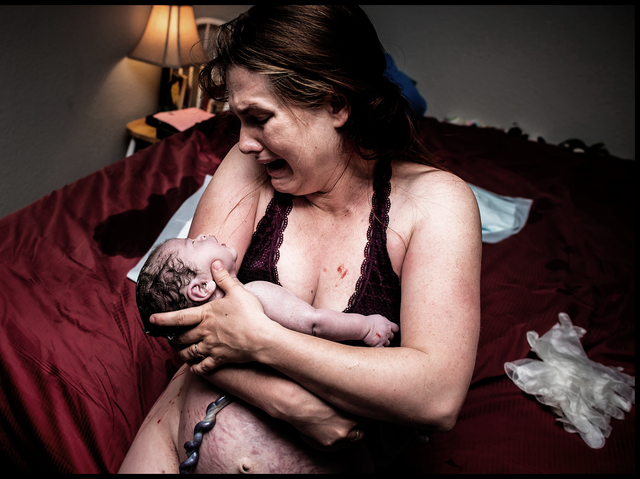Nearly 6000 women in Queensland Australia responded to an invitation to complete a questionnaire about their preferences for and experiences of pregnancy, labour, birth, and postnatal care. From the self-reported data, the study aimed to discover the modifiable and non-modifiable factors related to the potential for women to give birth normally. A normal birth is defined as one "without induction of labour, epidural/spinal/general anaesthesia, episiotomy, forceps/vacuum, or caesarean section".
In their analysis of the women's responses to the questionnaire (2018), the researchers found that women were more likely "to have a normal birth if:
- they lived outside major metropolitan areas
- did not receive private obstetric care
- had freedom of movement throughout labour
- were not continually monitored by machine in labour
- received continuity of care in labour and birth
- did not have an augmented labour (waters were left alone, labour was not 'sped up' with artificial hormone)
- gave birth in a non-supine position (were not lying flat in a bed)
The researchers found that "less than half of women birthing vaginally (44.3%) and less than one-third of all birthing women (28.7%) experienced a normal birth" despite only 13.8% of women world wide expressing a preference for caesarean birth over vaginal birth.”
The study concluded:
"Despite increasing interest in normal birth, actual rates remain low and research for how to facilitate this is minimal. Models of care with a more natural philosophy of birth, not limiting women’s freedom of movement and position during labour and birth, and continuity of care provider throughout labour and birth are shown to increase the likelihood of achieving a normal birth. To support the desired promotion of normal birth, care providers and women must be made aware of existing evidence for how care and treatment related factors influence normal birth outcomes. Pragmatic evaluation research is needed for how policies that relate to facilitating factors affect women’s experience of normal birth."
Childbearing women and their partners need to be aware of this information. Knowing the factors that facilitate normal birth will assist women with choosing the care they want and how their babies are born.
Reference
Prosser, S.J., Barnett, A.G., Miller, Y.D., 2018. Factors promoting or inhibiting normal birth. BMC Pregnancy Childbirth 18, 241. doi:10.1186/s12884-018-1871-5
Note: You can find some beautiful birth art on the artist Amanda Greavette's site
Note: You can find some beautiful birth art on the artist Amanda Greavette's site

No comments:
Post a Comment